The food available to salmon and what they eat
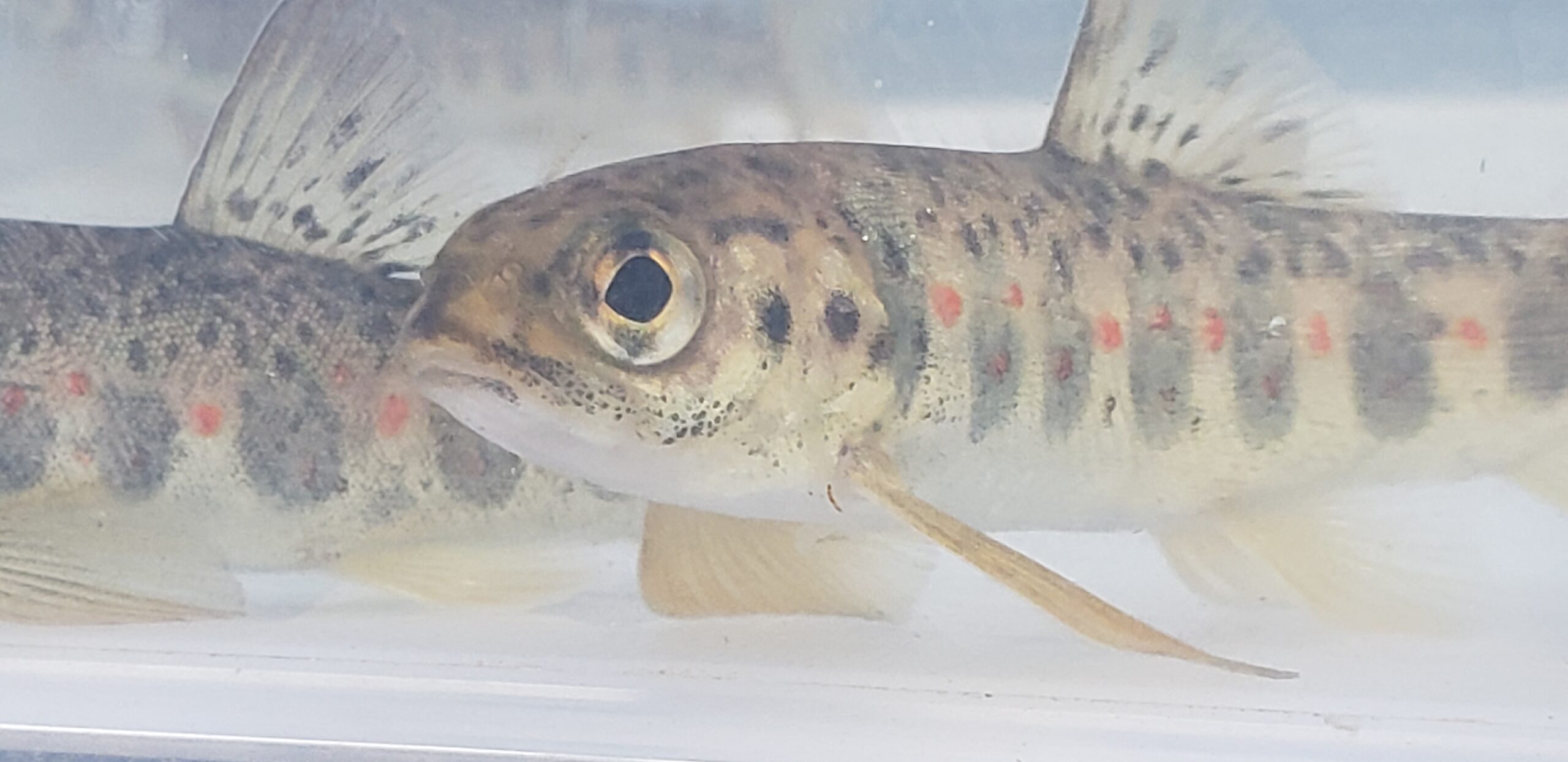
In April Sammi Lai and her team published an article about how the amount and variety of food affects young salmon. Their study sites were four rivers in Northeast Iceland (see map). They looked into which invertebrates (animals without a backbone) could be found in the rivers and by finding out what young salmon are eating.

Catching salmon
To find out what the salmon like to eat they looked at stomach contents from salmon swimming in the rivers. They caught the fish by electrofishing (an electrical current stuns the fish so it can be scooped out of the water), after which they put the fish to sleep and pump water into their stomachs to flush out the food they have eaten (see image below).
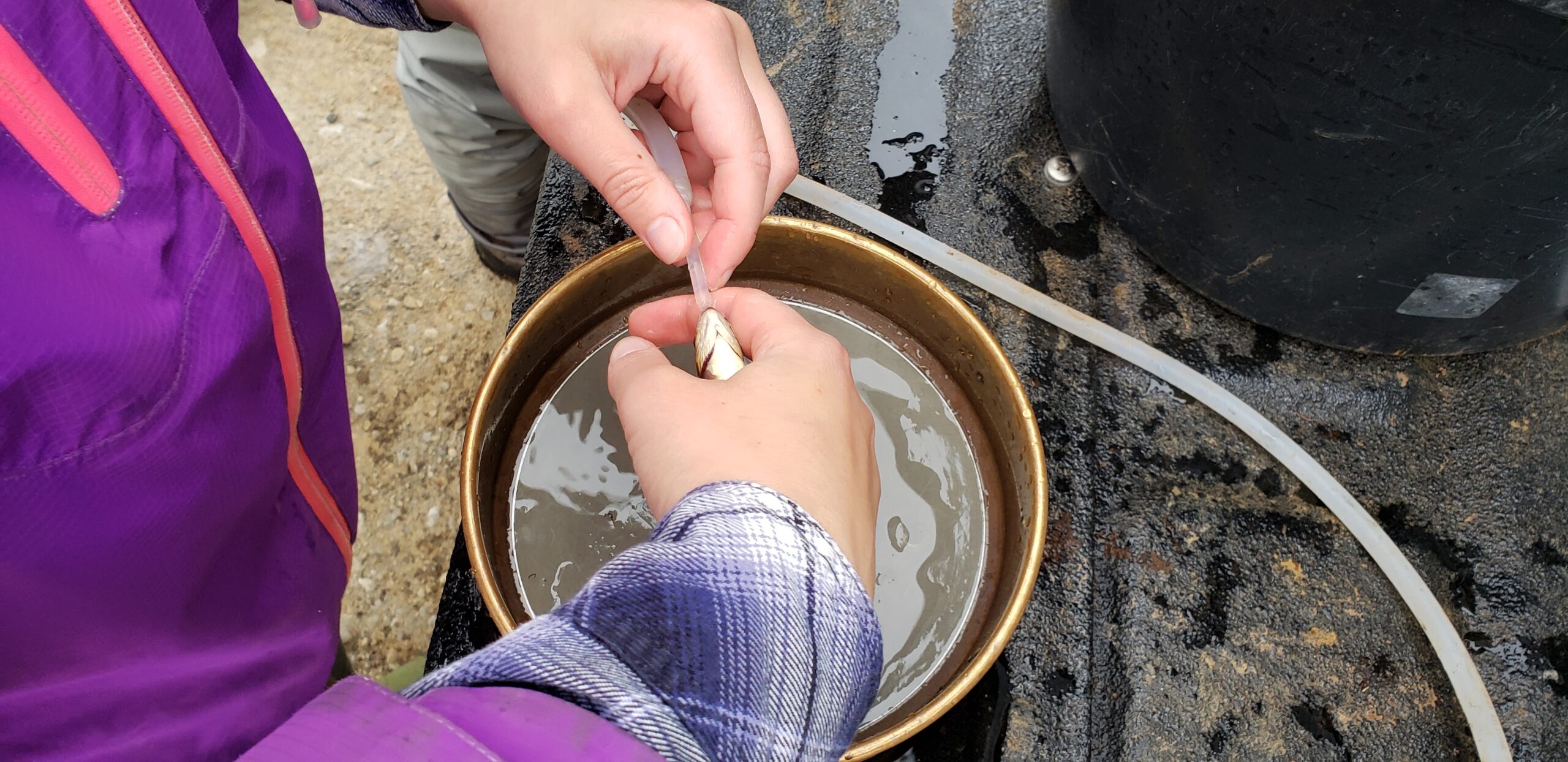
To learn about the invertebrate populations in the rivers, they used special nets called a surber sampler and a drift net. They placed these nets at the bottom of the river and in the water column.
With this information, the amount and type of food in the salmon’s stomachs could be compared to the invertebrates found in the rivers.
Young salmon mostly eat midges
They found that the amount of food available differed in each of the four rivers, but the total mass of living organisms was the same in all the rivers.
Furthermore, the type of prey that the fish like to eat varied across the different weight groups of fish. For all groups, the chironomids (Rykmýsætt or non-biting midge) were their most commonly eaten food due to the high number that could be found in rivers. Whereas, large Dipteras (such as Mývargur or black flies) are their favourite food and are sought after.
Atlantic salmon share many resources in the rivers with other fish like Arctic charr and brown trout. Icelandic rivers don’t have many nutrients or a wide variety of prey. This means the fish have to share more similar food items than fish in warmer regions. Midges are very important as food for salmon as there are not many other options. This makes Icelandic salmon very vulnerable if the midge population is affected by climate change.
This study gives important information for managing the salmon rivers. It suggests that we should focus on boosting the number and types of prey.
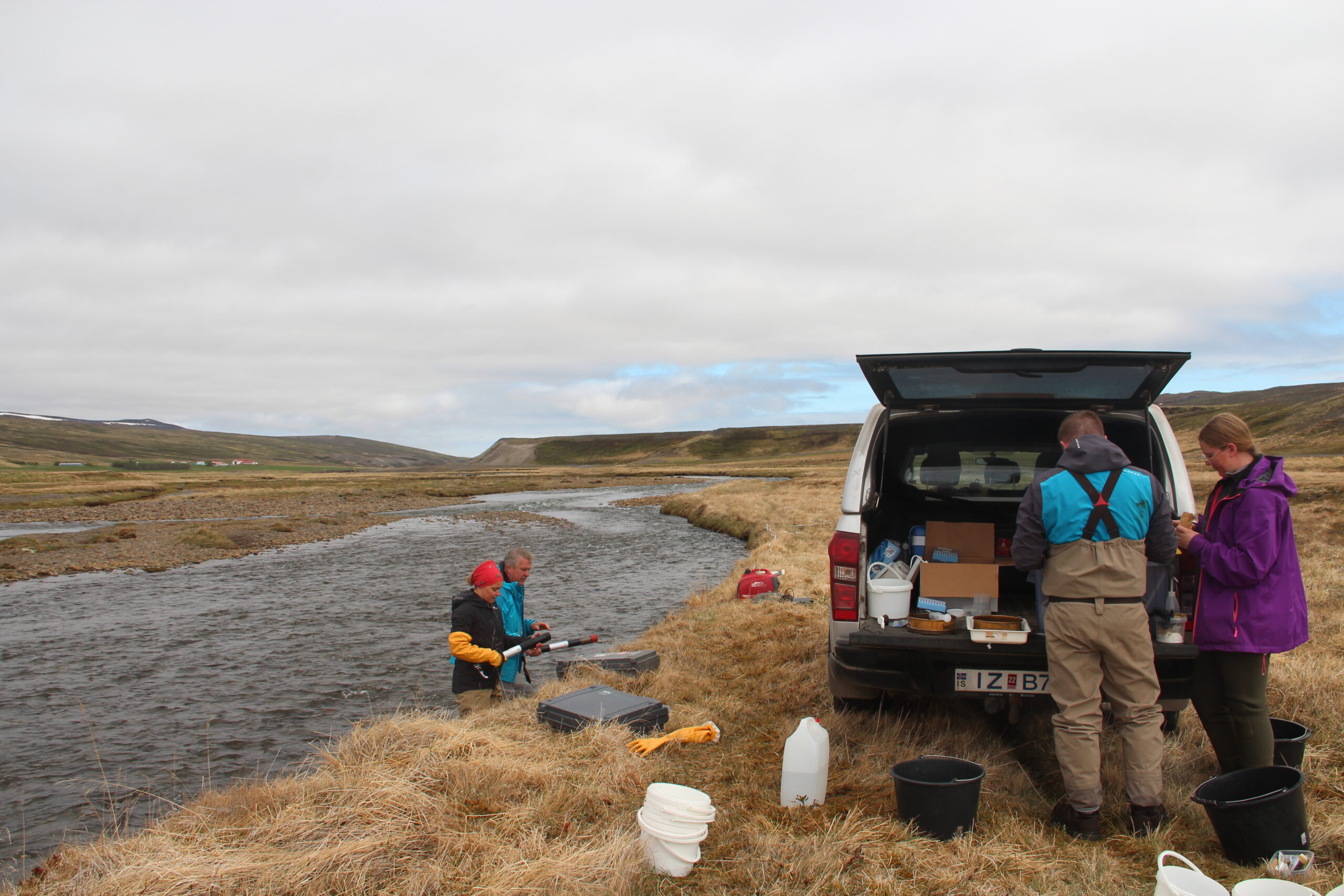
We should learn more
This study is important to read for fisheries and freshwater biologists, fisheries managers, policymakers, and salmon anglers. So if you are one of those or want to read more, find the paper here!
To learn more about the salmon in these vulnerable rivers more research needs to be done. We should get more information about how the salmons compete for food. And, look into how management impacts the amount and type of food available to the salmon. For example, trees are planted around the rivers but no one has looked at how these trees impact the salmon.
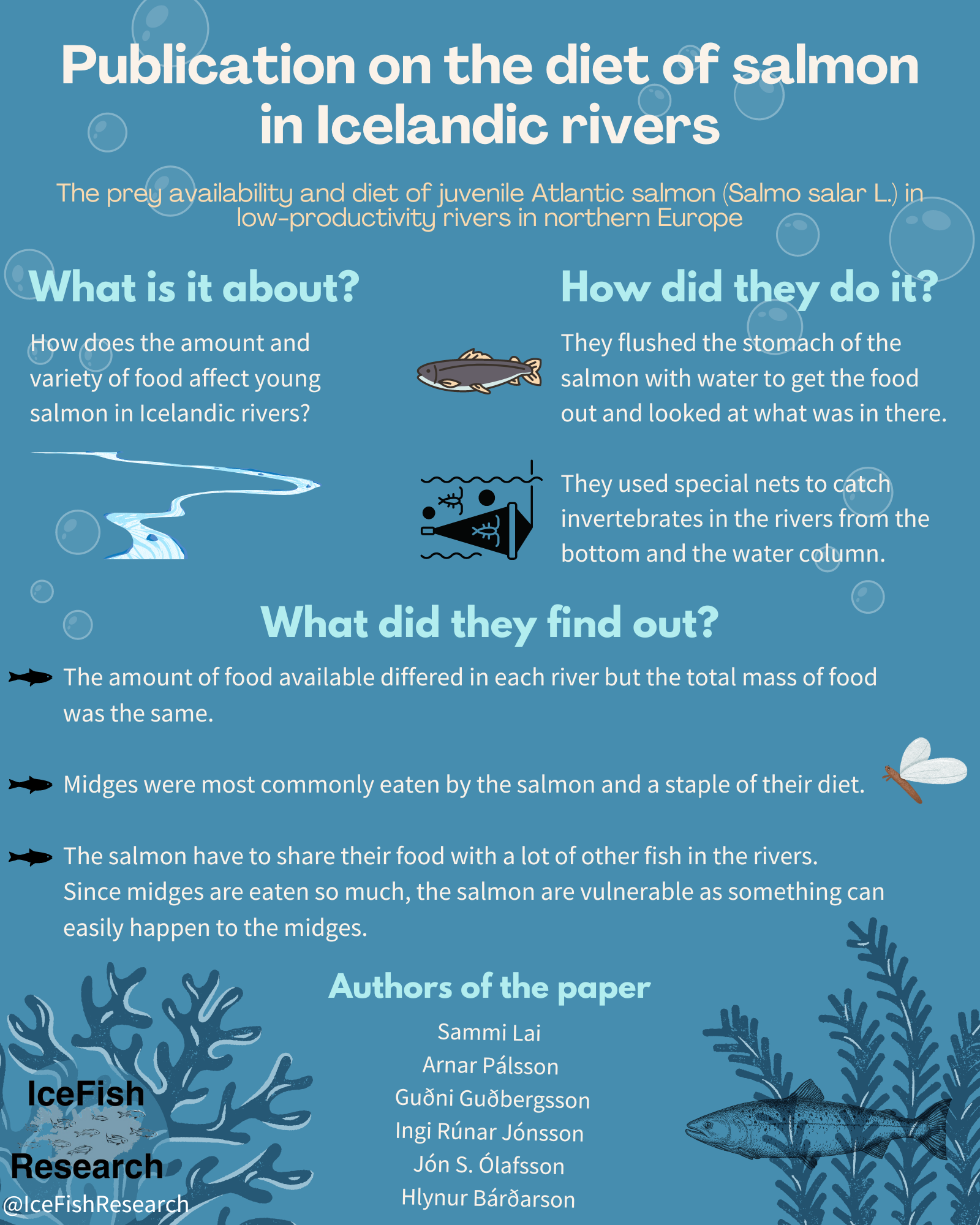
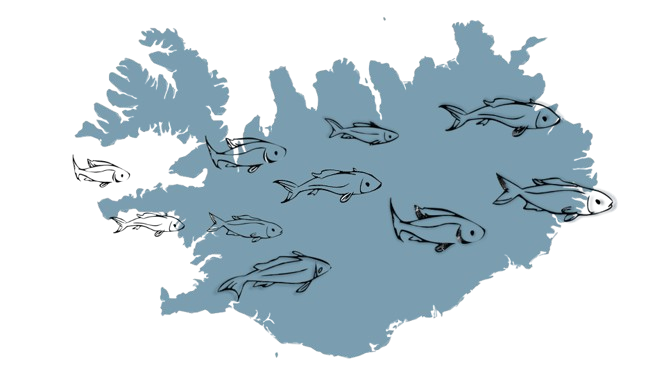
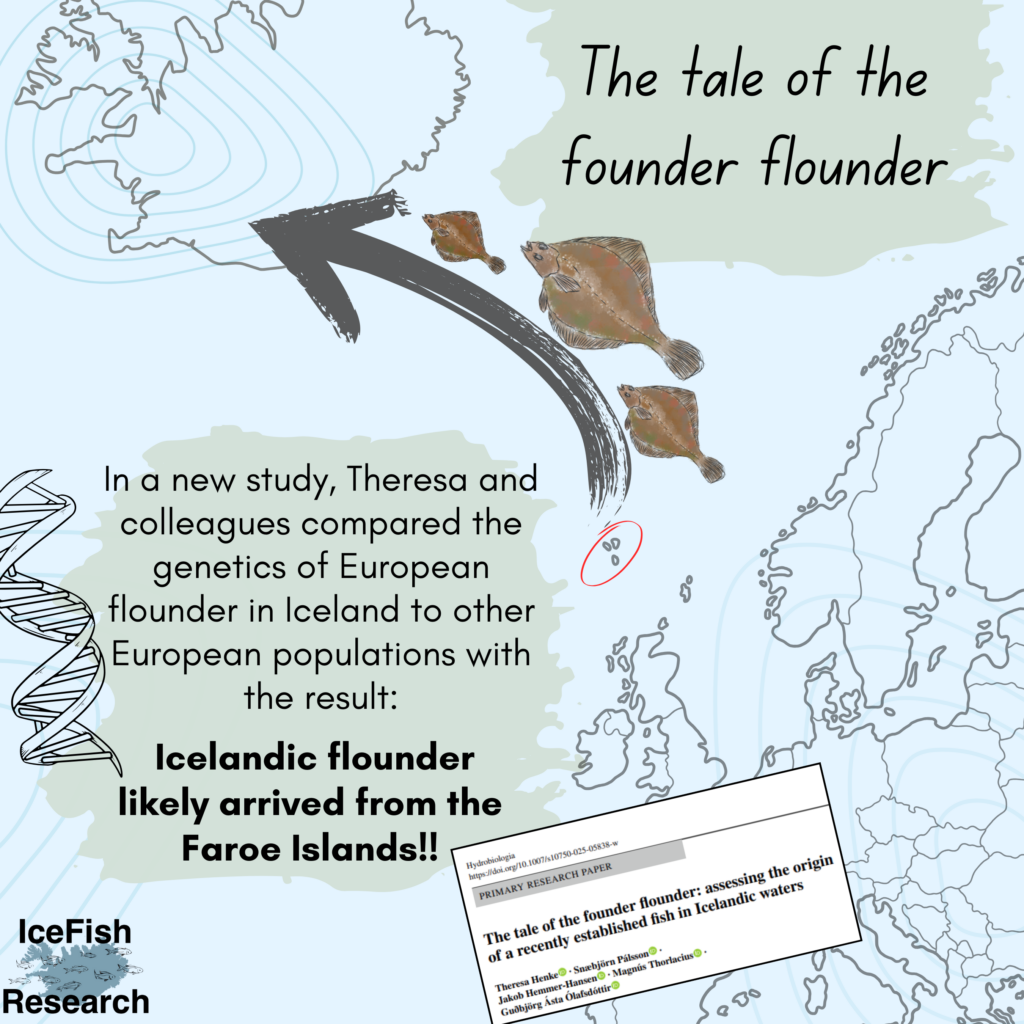
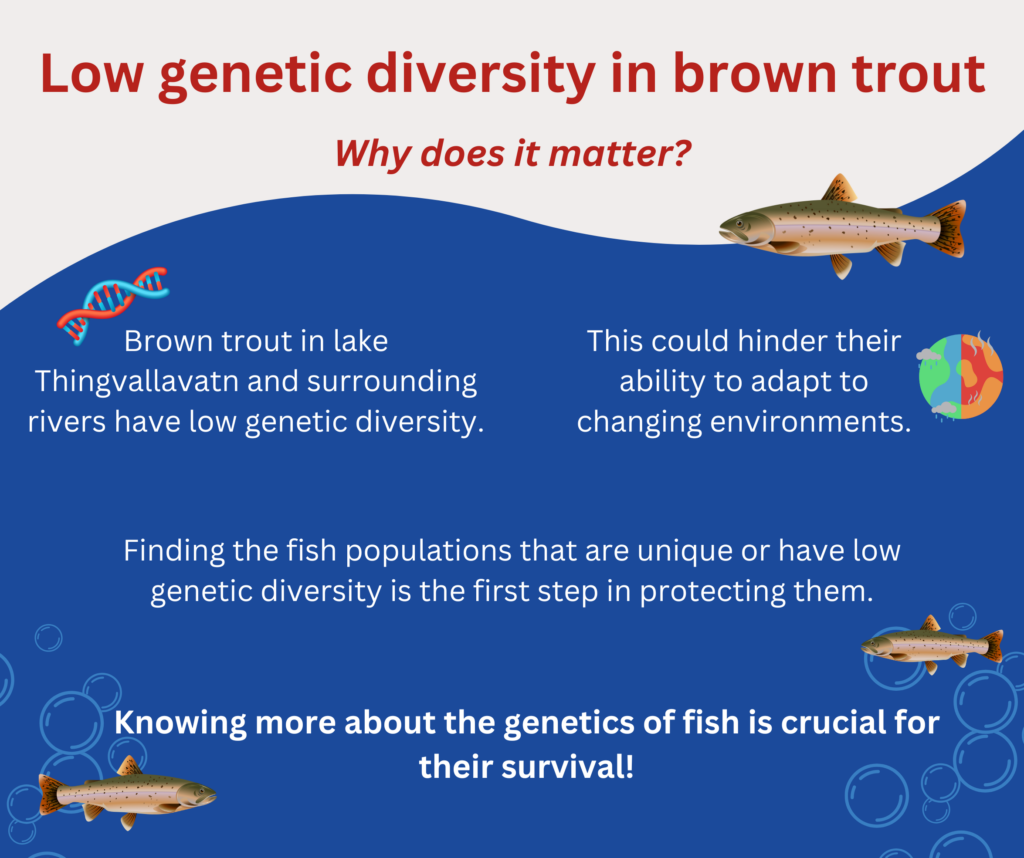
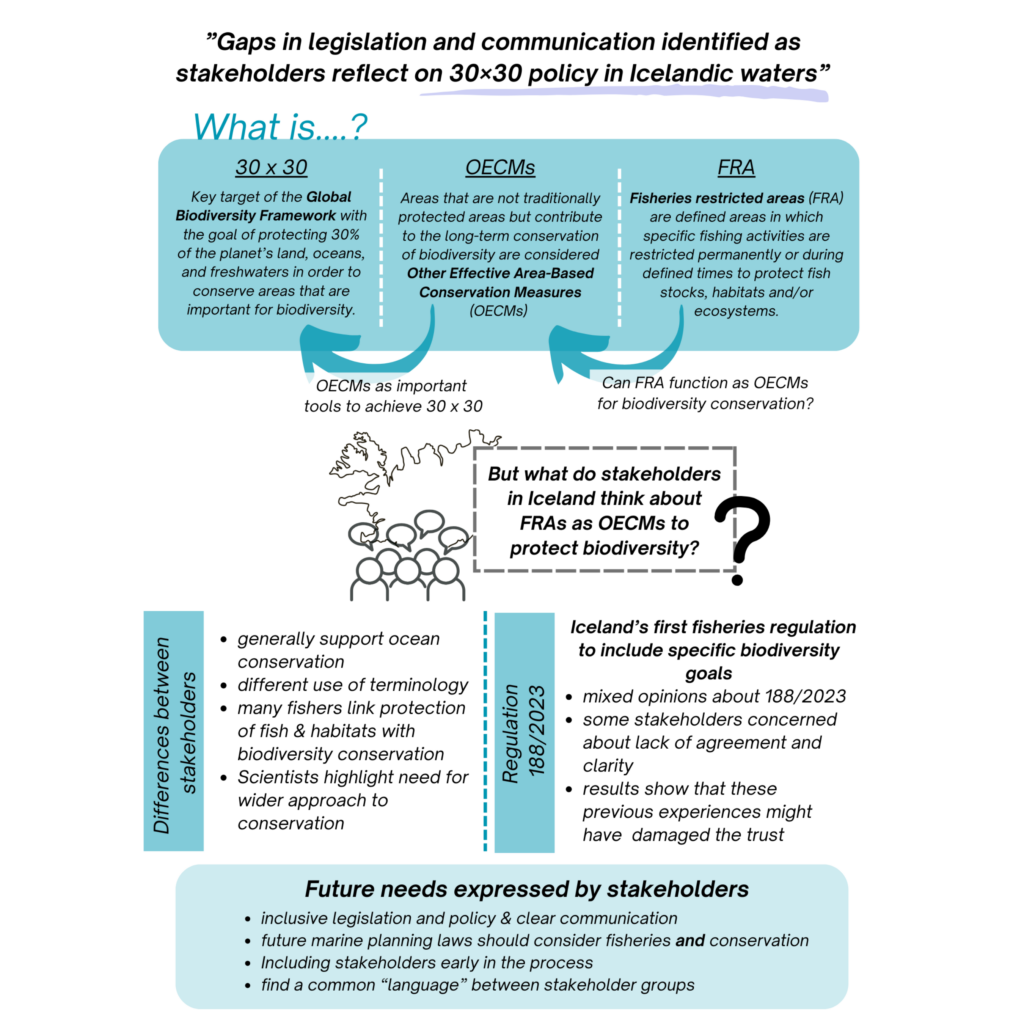
One Comment